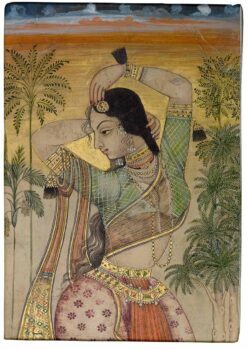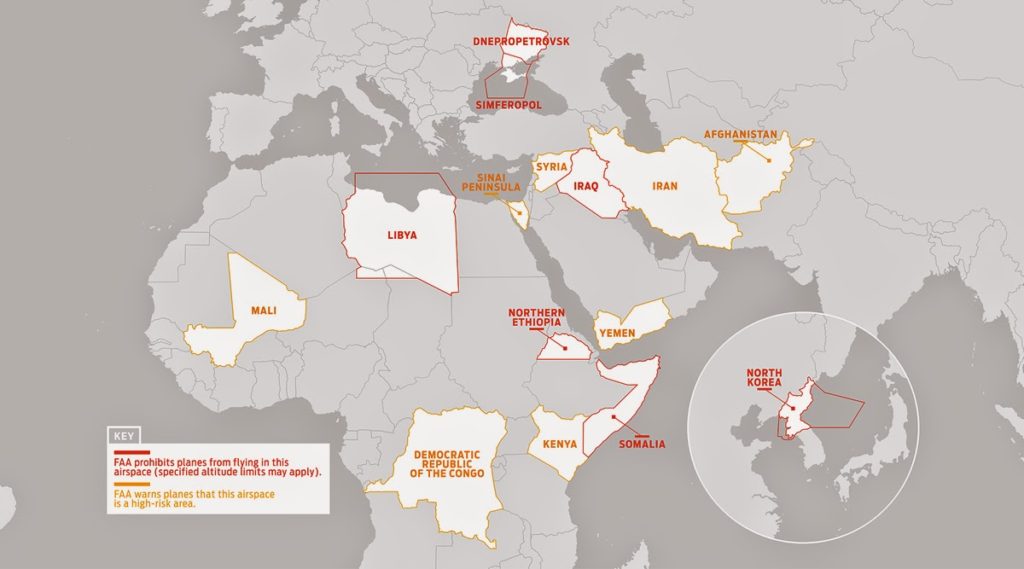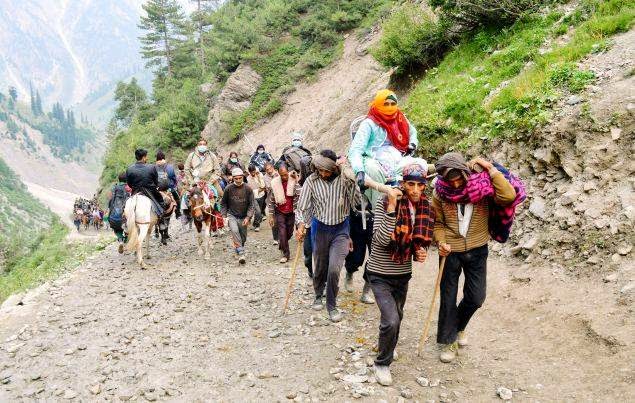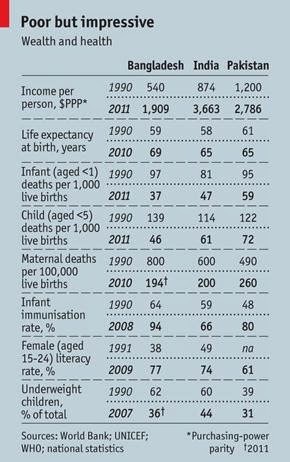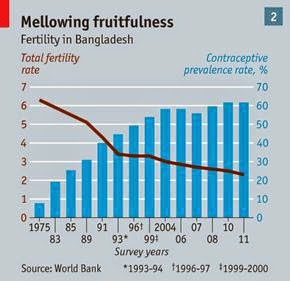the managers of India’s premodern “bazaar economy” and the book-keepers
and funders of kings, the Marwaris were slowly drawn into the world
powers’ battles for control of Indian trade…..Between 1718 and 1730, the
East India Company took an average credit of Rs. 4 lakh per year from Jagat Seth….
15 Lakhs rupees line of credit from Jagat Seth to the French East India company in 1757!!!!
Does anybody know how much money that is today?? No doubt we all want to be Marwaris (dream on).
………………..
There are perhaps few international forums which are free from commentary reflecting on the unscrupulous nature of Jews, how they actually “control the world” with 30 (billion) pieces of silver.
It is high time that people got to know the businessmen (baniya) community from India. The hatred that a Jew attracts on a global scale will look and sound familiar to a Marwari in South Asia. Everyone hates them, especially the (pseudo) intellectual super-caste folks from Bengal and the South, who dominate Indian media.
The typical sentiment that we have heard and read about in countless novels, plays, and movies is as follows. Our land was the golden land. Gradually it got tainted with the arrival of the Marwaris. They sucked the country dry. They preyed on our innocent women. They have no morals and ethics, all they know is the value of money. They are also religious nut-jobs who will deny non-vegetarians a roof over their heads. All the politicians are in bed with them. The old glory will return only when we finish them all off, when we can make shoes for the poor with the skin of the baniyas.
…….
As anyone who has ever studied business in India knows, the country
does not offer a level playing field for new entrepreneurs. Not only
does the large, if slowly crumbling, scaffolding of India’s socialist
heyday allow government and encrusted special dispensations of various
kinds to inhibit competition, but there also seems to be a deeply
ingrained bias among Indians themselves about who is capable of doing
business and who is not.
And who can blame them? For at least two millennia, the “jati,” or caste
system — the form of social stratification, and indeed suffocation,
unique to Hinduism and India — has regulated society into different
orders of mainly hereditary occupations. According to this vastly
influential scheme, which allocates kingship to the so-called warrior
castes and religious authority to the priestly castes, business is best
done by the mercantile castes, and best scorned by the high or middle
castes. When the outsider demands proof of how genes, or a combination
of genes and culture, can make for such a head start in the very adult,
secular, learnable activities of trade and commerce, the answer is often
sounded: “You don’t want to compete against a Marwari!”
They seem
to have a point. The most ubiquitous of the mercantile castes, the
Marwaris have a certain mystique in India for their legendary ability to
make and manage money. As Thomas Timberg, author of a recent monograph on the Marwaris,
shows, the Marwaris have for hundreds of years served as merchants,
bankers, venture capitalists, speculators and brokers, the managers of
both trust and risk in the Indian economy.
Although
entrepreneurial aspirations have skyrocketed in India since
liberalization in 1991, evidence of the old caste-based structure
continue to show on surveys of wealth creation. According to the Bloomberg Billionaires
list of the world’s richest people, three of the nine richest Indians
are Marwaris. The combined wealth of Lakshmi Mittal, Kumar Mangalam
Birla, and Savitri Jindal is nearly $35 billion.
A group more
dispersed and more enduring than even the great business families such
as the Rothschilds or the Rockefellers, and enabled by social structure
and history as much as dynasty and accumulated wealth, the Marwaris are
an interesting example of an indigenous capitalism pursued, one might say, in a partly collectivist spirit, an essential case study of the relationship of capitalism to culture and social organization.
The
Marwaris, though far-flung today across India and the world, trace
their roots to the harsh desert region around Marwar, in modern-day
Rajasthan in western India. The term “Marwaris” is in fact not a caste
name but an ethnic catchall for various merchant castes from the region.
According to Timberg’s survey, the influence of the Marwaris began to
spread outside their traditional domicile around the 16th century, when
they emigrated in significant numbers to places as far east as Calcutta
(today, Kolkata) and Dhaka (today the capital of Bangladesh) as bankers and financiers to the great Mughal dynasty.
Historically
the managers of India’s premodern “bazaar economy” and the bookkeepers
and funders of kings, the Marwaris were slowly drawn into the world
powers’ battles for control of Indian trade. “Between 1718 and 1730, the
East India Company took an average credit of Rs. 4 lakh per year from
the Jagat Seth firm,” Timberg writes of one of the earliest diasporic
Marwari “great firms.” “As late as 1757 they were lending Rs. 4 lakh per
year to the Dutch East India Company and 15 lakh to the French East
India Company.”
The firm lent to all comers who seemed
creditworthy. Slowly, as British power in India became not just
commercial but also political, many Marwari traders linked up with the
empire as its local commercial face, becoming commodity brokers in the
vast new colonial businesses of tea, opium and jute or agents for
British companies. (Some things don’t change. When the first-ever
McDonald’s opened in India, in Bombay in 1995 — where I ate my first
burger — it was no surprise that the store was being run in partnership
with Amit Jatia, a vegetarian Marwari.)
Later, when the first stock exchange in India — indeed, Asia — was established in Bombay
in the second half of the 19th century, many Marwaris were quick to
jump into what, until very recently, seemed to the more financially
conservative sections of Indian society to be just another form of
gambling, making and losing vast fortunes in their willingness to take
risks. The pan-Indian Marwari network made the financiers in their midst
also bankers of a sort, able to supply and redeem an indigenous bill of
exchange called the hundi and eliminating the risks of cash
transactions.
Socially conservative and tightly knit, the
prosperous Marwaris often served as a school of apprenticeship to clan
members from more modest backgrounds, many of whom eventually branched
out on their own: a kind of Marwar School of Business. Perhaps it’s only
in the last three decades or so that the principle of “Education can wait. Business can’t” has been abandoned by the great karta, or head of the Marwaris.
As
the Marwari ways became widely recognized — financial nous, thrift,
clan solidarity, appetite for risk, social conservatism, involvement in
both religious and secular philanthropy — so too did their mystique.
This subtly reinforced both the stereotype of the grasping Marwari and the occupational-specialization theory of caste,
as well as the larger social consensus that man’s life is embedded in
the rules and values of his own community, not nation or even
self-expression. Looking back at the entries in logbooks and account
books of past centuries, we learn so much about the grain of the Indian
past.
In post-liberalization, as the allure of a new pan-Indian
corporate “MBA culture” distinct from the old
community-and-apprenticeship way of thinking about business has taken
hold, the prospect of a life in entrepreneurship
has for the first time become widely dispersed across Indian society.
The question now being asked of the Marwaris, especially their large
pool of family-owned firms of the brick-and-mortar variety, is: Can they
continue to hold their own in the economy of the 21st century?
Paradoxically,
this challenge has been accompanied by an upswing in social status.
“The Marwari has never quite earned the respect from Indian society that
he has yearned for,” wrote the Indian corporate guru and business
historian Gurcharan Das.
That is now changing rapidly as Indian values become more
unapologetically materialist. Perhaps now we all want to be Marwaris.
…..
Link: http://www.bloombergview.com/articles/2014-07-20/mba-culture-crushes-caste-in-india
…..
regards
